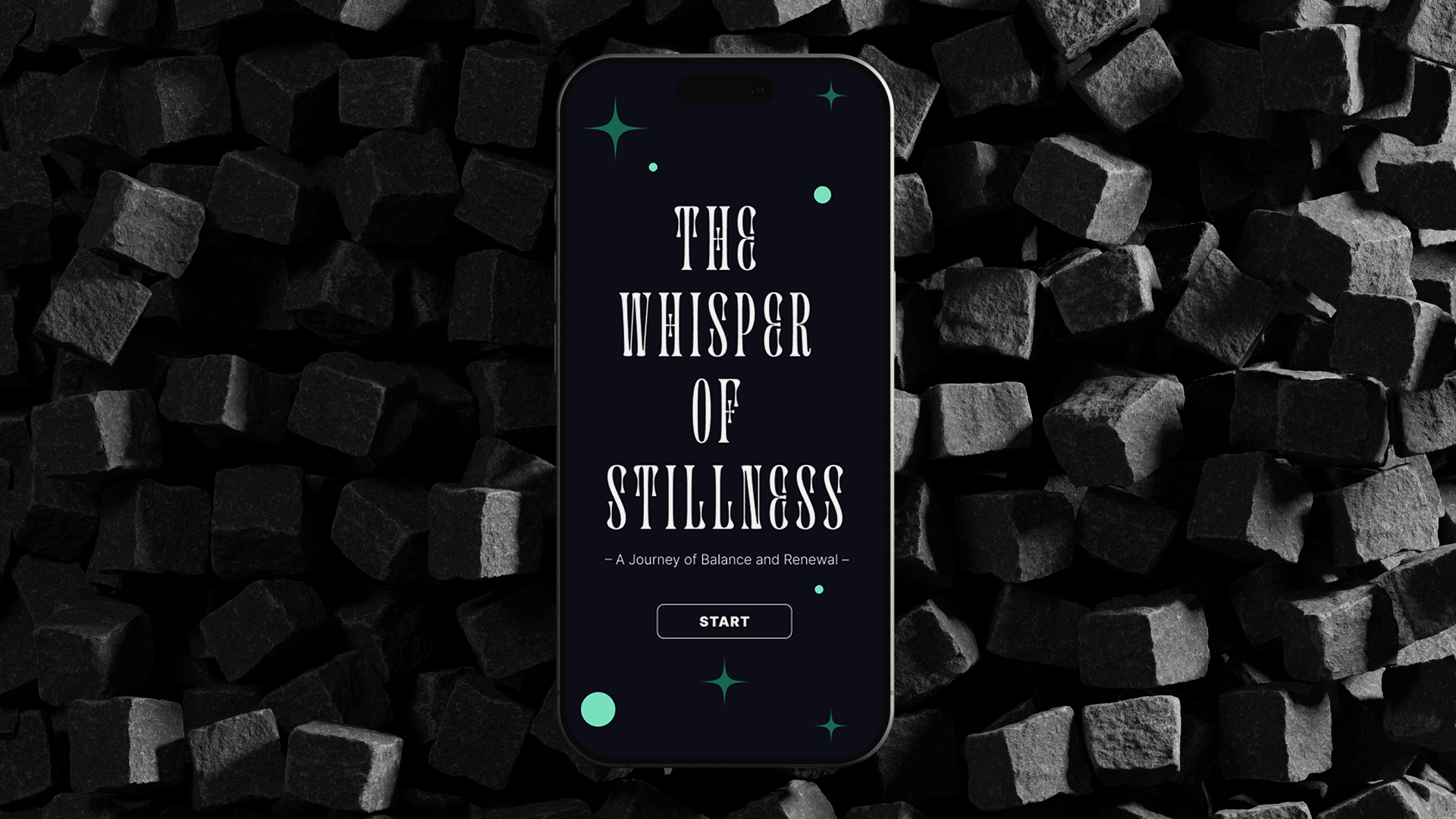
LAUNCH: 2025
LAUNCH: 2025
LAUNCH: 2025
LAUNCH: 2025
LAUNCH: 2025
TYPE: Prototype
TYPE: Prototype
TYPE: Prototype
TYPE: Prototype
TYPE: Prototype
PROJECT: Independent
PROJECT: Independent
PROJECT: Independent
PROEJCT: Independent
PROJECT: Independent
ROLE: UX/UI Design
ROLE: UX/UI Design
ROLE: UX/UI Design
ROLE: UX/UI Design
ROLE: UX/UI Design
lumi
lumi
lumi
lumi
lumi
This personal project explored Figma’s prototyping capabilities through a spiritual story about a small Spirit restoring balance in the Spirit Realm. I developed the narrative using short story prompts and a visual mood board, shaping a self-contained story that guided the entire design and animation process.
This personal project explored Figma’s prototyping capabilities through a spiritual story about a small Spirit restoring balance in the Spirit Realm. I developed the narrative using short story prompts and a visual mood board, shaping a self-contained story that guided the entire design and animation process.
This personal project explored Figma’s prototyping capabilities through a spiritual story about a small Spirit restoring balance in the Spirit Realm. I developed the narrative using short story prompts and a visual mood board, shaping a self-contained story that guided the entire design and animation process.
This personal project explored Figma’s prototyping capabilities through a spiritual story about a small Spirit restoring balance in the Spirit Realm. I developed the narrative using short story prompts and a visual mood board, shaping a self-contained story that guided the entire design and animation process.
This personal project explored Figma’s prototyping capabilities through a spiritual story about a small Spirit restoring balance in the Spirit Realm. I developed the narrative using short story prompts and a visual mood board, shaping a self-contained story that guided the entire design and animation process.
I storyboarded each scene, creating illustrations optimised for subtle animations using Figma Components and Smart Animate. Iterating on narrative and visuals, I embraced Figma’s limitations to maximise creativity and engagement. The result is an interactive, immersive story that blends minimalism with vibrant, dynamic storytelling – all entirely within Figma.
I storyboarded each scene, creating illustrations optimised for subtle animations using Figma Components and Smart Animate. Iterating on narrative and visuals, I embraced Figma’s limitations to maximise creativity and engagement. The result is an interactive, immersive story that blends minimalism with vibrant, dynamic storytelling – all entirely within Figma.
I storyboarded each scene, creating illustrations optimised for subtle animations using Figma Components and Smart Animate. Iterating on narrative and visuals, I embraced Figma’s limitations to maximise creativity and engagement. The result is an interactive, immersive story that blends minimalism with vibrant, dynamic storytelling – all entirely within Figma.
I storyboarded each scene, creating illustrations optimised for subtle animations using Figma Components and Smart Animate. Iterating on narrative and visuals, I embraced Figma’s limitations to maximise creativity and engagement. The result is an interactive, immersive story that blends minimalism with vibrant, dynamic storytelling – all entirely within Figma.
I storyboarded each scene, creating illustrations optimised for subtle animations using Figma Components and Smart Animate. Iterating on narrative and visuals, I embraced Figma’s limitations to maximise creativity and engagement. The result is an interactive, immersive story that blends minimalism with vibrant, dynamic storytelling – all entirely within Figma.
